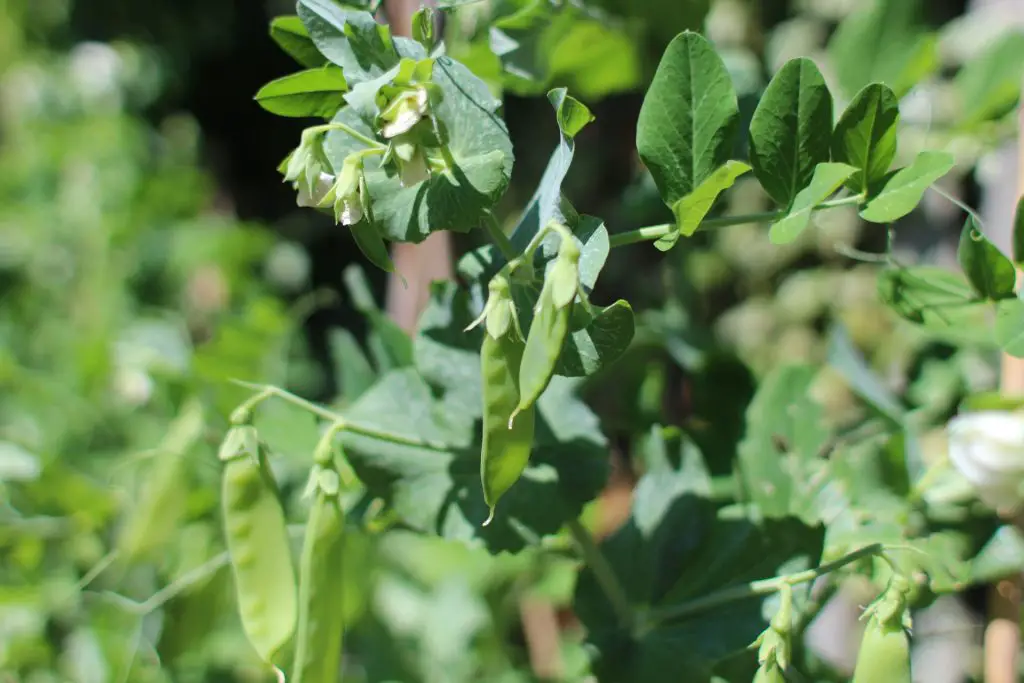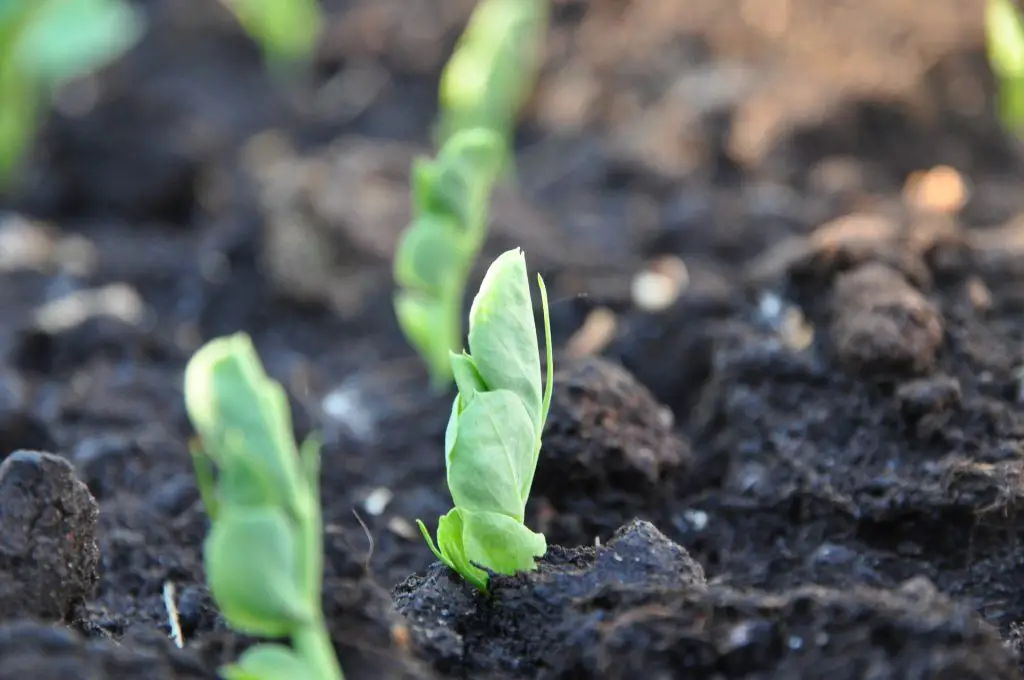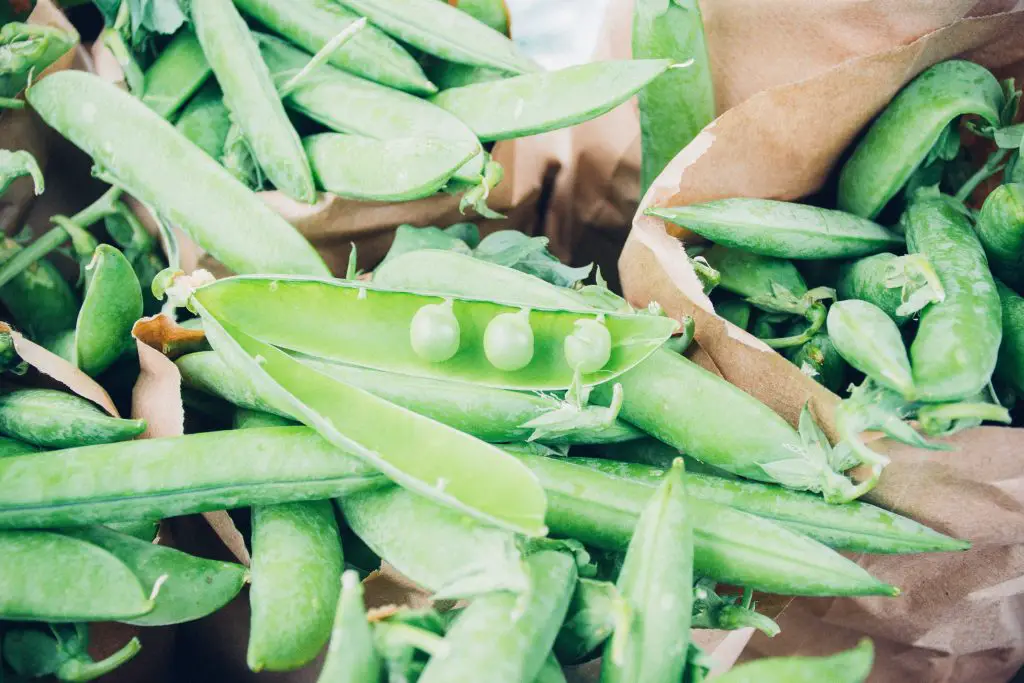Do Peas Grow On Trees? Peas are a popular food that was once the most important vegetable in the English diet prior to the arrival of the potato in the 16th century. So how is it grown, does it grow on trees?, or is it grown on some other type of plant?
Peas do not grow on trees, they are instead an annual plant that produces a trailing vine with tendrils that help the plant to climb up onto a support structure. Peas are generally sown in either summer or late winter in most regions to ensure that the plant is producing pods while the temperature remains moderate.
Additionally, some gardeners use the pea plant to produce pea shoots that are a useful addition to salads provided that the foliage is picked when it is young. One option to produce pea shoots cheaply is to use dried peas from the grocery store as they are much more cost-effective than purchasing specialized seeds from your local garden center. To read more about this click here.

How To Grow Your Own Peas
Peas are an extremely easy crop to grow as they are easy to sow. Peas can be sown in early spring directly into the ground or even earlier if seeds are planted indoors in a seed tray. As peas are relatively frost tolerant and they can be planted even when there are relative frosty conditions in the mornings.
When sowing the seeds it is best to make a long furrow that is approximately an inch deep then sprinkle the seeds into the furrow about an inch apart or so, cover the seeds over, and then water the seeds in well. Seeds will typically take approximately 7 to 10 days to germinate however this is dependent upon the climatic conditions.

As the plant begins to develop it will need to be supported with some sort of structure. It is common to use a trellis however I have personally found that using stakes and string is better. The easiest way to do this is to place strong stakes a few feet apart and then run the string between the stakes on both sides hortizontally.
This should initially be done a couple of inches from the ground to support the young plants. This process will need to be repeated every few weeks as the plant grows with a new layer of string being added above the last. This is not any additional work compared to using a trellis because you will find that the plants tendrils are not strong enough to cling to the trellis.
As a result, it will be necessary to tie the plant to the structure which will pretty much take as much time as not using a trellis. The main advantage of using stakes is it easier to get taller stakes as the plant can get up to 6 ft tall with sufficient support. A video is included at the end of the article that show this technique being applied to peas by world renowned market gardener Charles Dowding.

After a period of time flowers will begin to appear and this will followed by the appearance of pods. The pods will initially be flat but will progressively fatten at the season progresses. Once the pod reaches a thickness slightly larger than a pencil they are ready to pick.
When you have picked your first pod try to eating the peas directly from it. You will find that the peas are significantly sweeter than fresh or frozen ones from the grocery store. The reason for this is that peas lose their sweetness after picking because the sugars within the pea quickly convert to starch in a similar way to corn.
